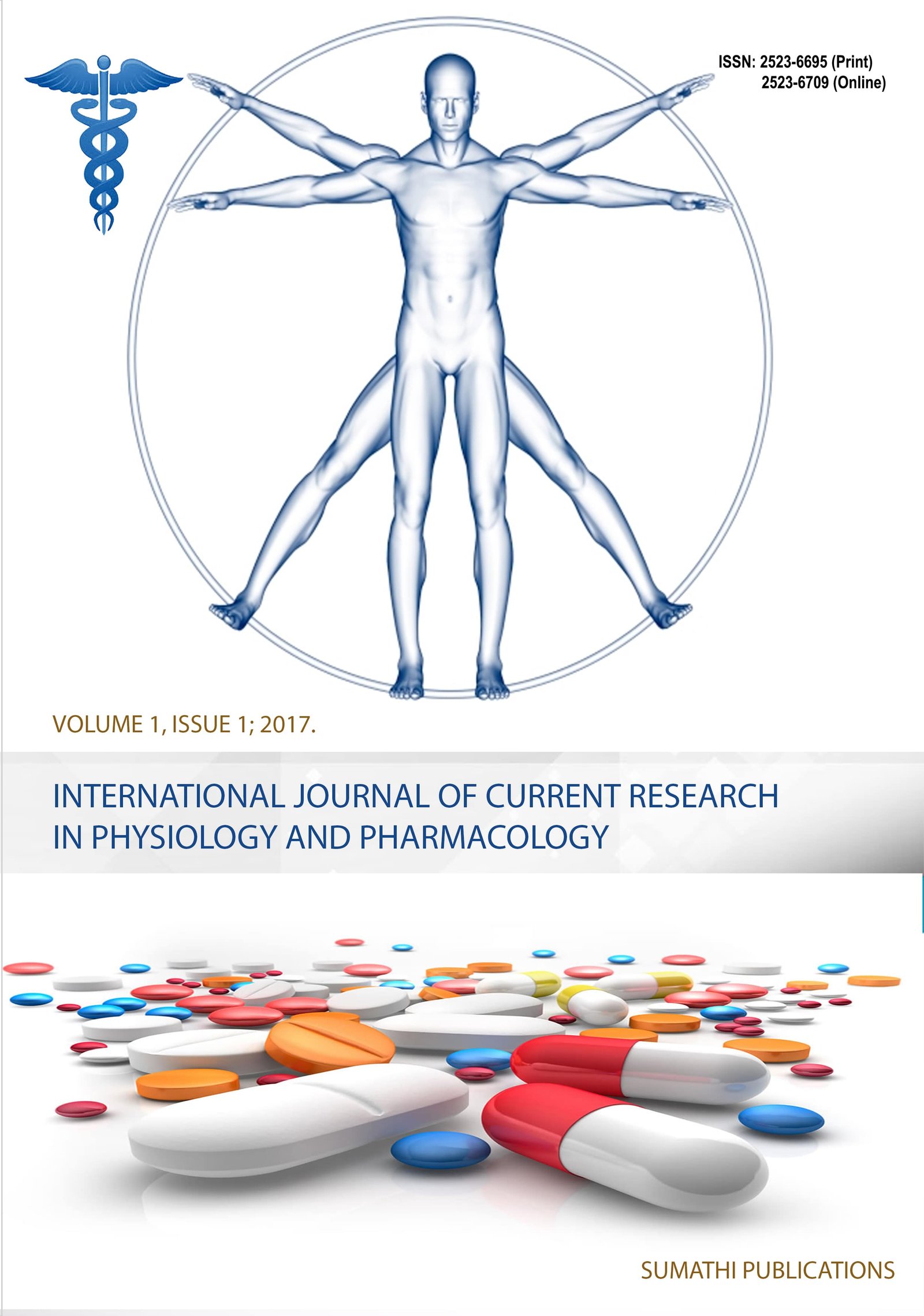EFFECT OF STRESS ON HISTOPATHOLOGY OF MALE REPRODUCTIVE SYSTEM IN RATS
Keywords:
Stress, Male reproductive organs, Histopathology; RatsAbstract
Background: Although relatively little is known about factors affecting fertility. Latest literature suggests that environmental and lifestyle factors play an important role. Recently, oxidative stress has become the focus of interest as potential cause of male infertility. Oxidative stress may play a role in a number of conditions known to be detrimental to male fertility Method: Adult male albino rats weighing 200 - 220 g and aged 12-15 weeks male rats were selected for the study. The rats were randomly analyzed into 3 groups Group 1: Control rat, Group 2: Swimming stress without treatment, Group 3: Treated with vitamin C 30mg/kg/day doses. All rats were subjected to swimming stress daily between 9.00 AM to 10.00 AM until 50 days. Drugs were administered orally for 50 days half an hour before subjecting to stress. At end of the study the reproductive organs testes, seminal vesicles, Vas deferens and prostate were dissected and the samples were used for the histo-pathological evaluation. Result: In stress group section of testis shows seminiferous tubules showed focial poor spermatogenesis with reduction in number of sperm containing seminiferous tubules and absence of spermatozoa was clearly recognized in some seminiferous tubules. Treatment with antioxidant showed recovery but still some of the seminiferous tubules showed decreased spermatozoa. Stress changes in seminal vesicle: the hyperplasia of epithelial lining, histological features of mucosa severely affected and reduced number of gland. Stress induced changes in vas deferens: produced desquamated ling epithelium with atrophic changes and mild exploited epithelium, degenerated basement membrane of vas deferens. Stress induced changes in prostate: Prostatic acini with many papillary folds, desquamated epithelial cells, epithelial proliferation was seen. Conclusion: Oxidative stress produced deleterious effects on male reproductive system and supplementation of antioxidants such as vitamin C have been shown to be protecting effect against the histological changes produced by the oxidative stress on male reproductive system in rats.
KEYWORDS: Stress; Male reproductive organs; Histopathology; Rats
Downloads
Downloads
Published
How to Cite
Issue
Section
License
Copyright (c) 2017 Vijay Prasad Sangishetti, Nandal DH, Nayak BB, Ghongane BB, Shinde BB, Kunkulol R R

This work is licensed under a Creative Commons Attribution-NonCommercial-ShareAlike 4.0 International License.
The journal allows the author(s) to hold the copyright without restrictions and will retain publishing rights without restrictions.
The submitted papers are assumed to contain no proprietary material unprotected by patent or patent application; responsibility for technical content and for protection of proprietary material rests solely with the author(s) and their organizations and is not the responsibility of the journal. The main (first/corresponding) author is responsible for ensuring that the article has been seen and approved by all the other authors. It is the responsibility of the author to obtain all necessary copyright release permissions for the use of any copyrighted materials in the manuscript prior to the submission.
What are my rights as an author?
It is important to check the policy for the journal to which you are submitting or publishing to establish your rights as
Author. Journal's standard policies allow the following re-use rights:
- The journal allows the author(s) to hold the copyright without restrictions.
- The journal allows the author(s) to obtain publishing rights without restrictions.
- You may do whatever you wish with the version of the article you submitted to the journal.
- Once the article has been accepted for publication, you may post the accepted version of the article on your own personal website, your department's website or the repository of your institution without any restrictions.
- You may not post the accepted version of the article in any repository other than those listed above (i.e. you may not deposit in the repository of another institution or a subject-matter repository) until 12 months after publication of the article in the journal.
- You may use the published article for your own teaching needs or to supply on an individual basis to research colleagues, provided that such supply is not for commercial purposes.





